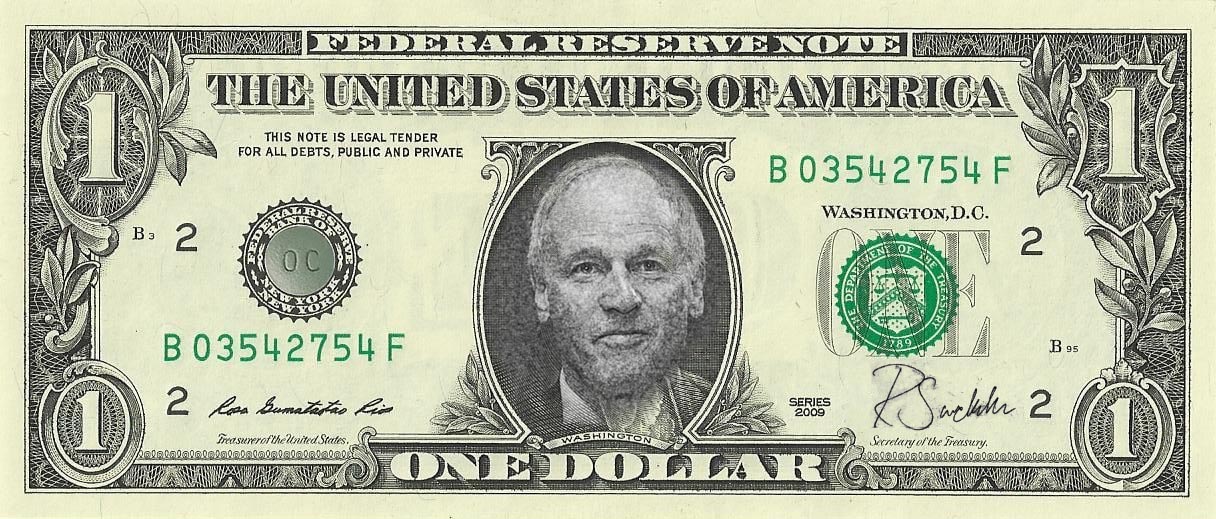
Oxy-Dollar Bill
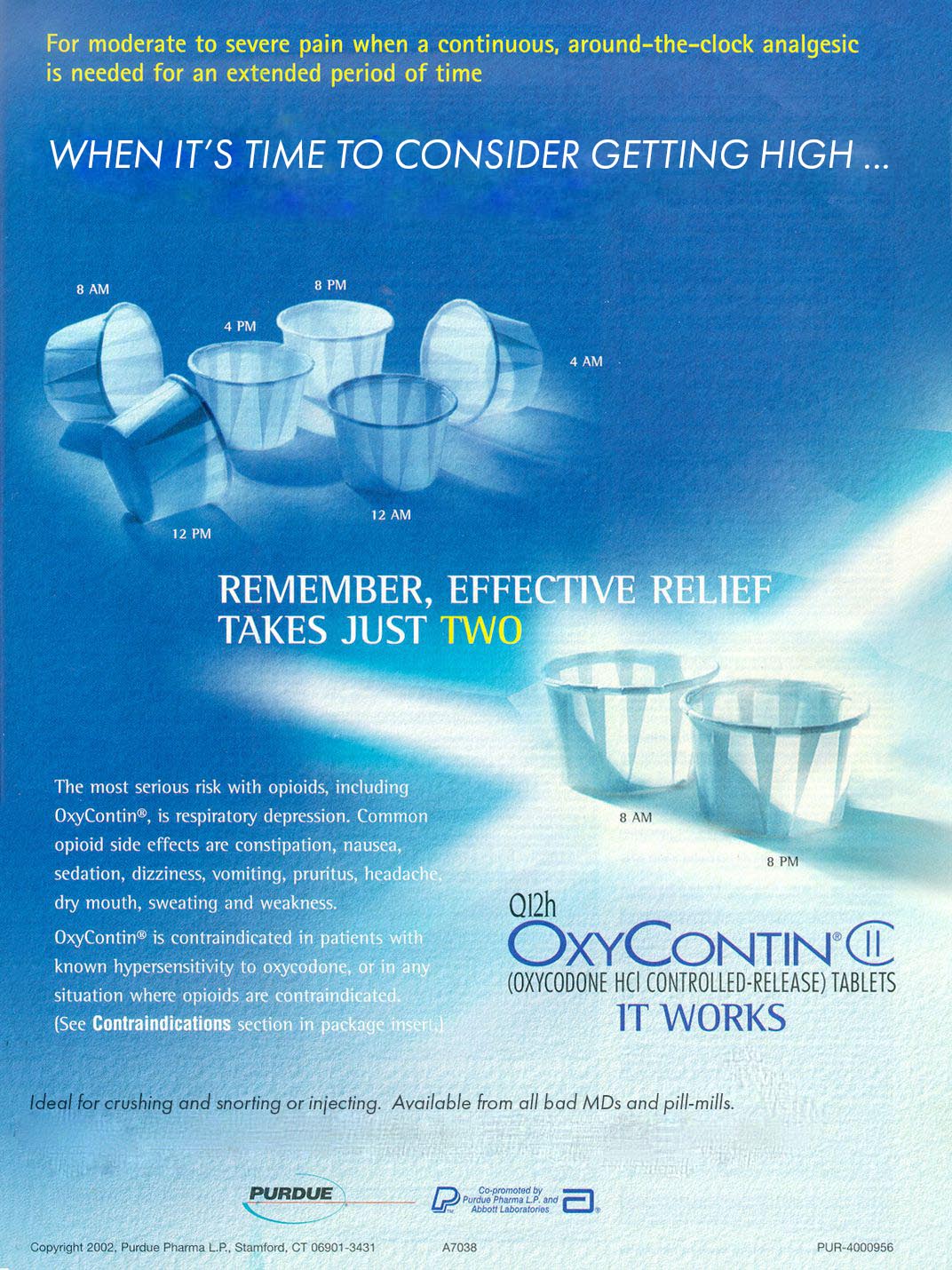
My starting point for my final project was “True Crime” but over time I became more interested in “indirect” killers – people who had been responsible for the deaths of many, but remained relatively anonymous. This led me to focus on the opioid crisis in the USA. My key sources were the internet, documentaries and the book “Dreamland” by Sam Quinones. As I found this emotive topic fascinating, I did further research into parody as protest in art, and how I could use it to manipulate the advertising messages of the pharmaceutical companies.
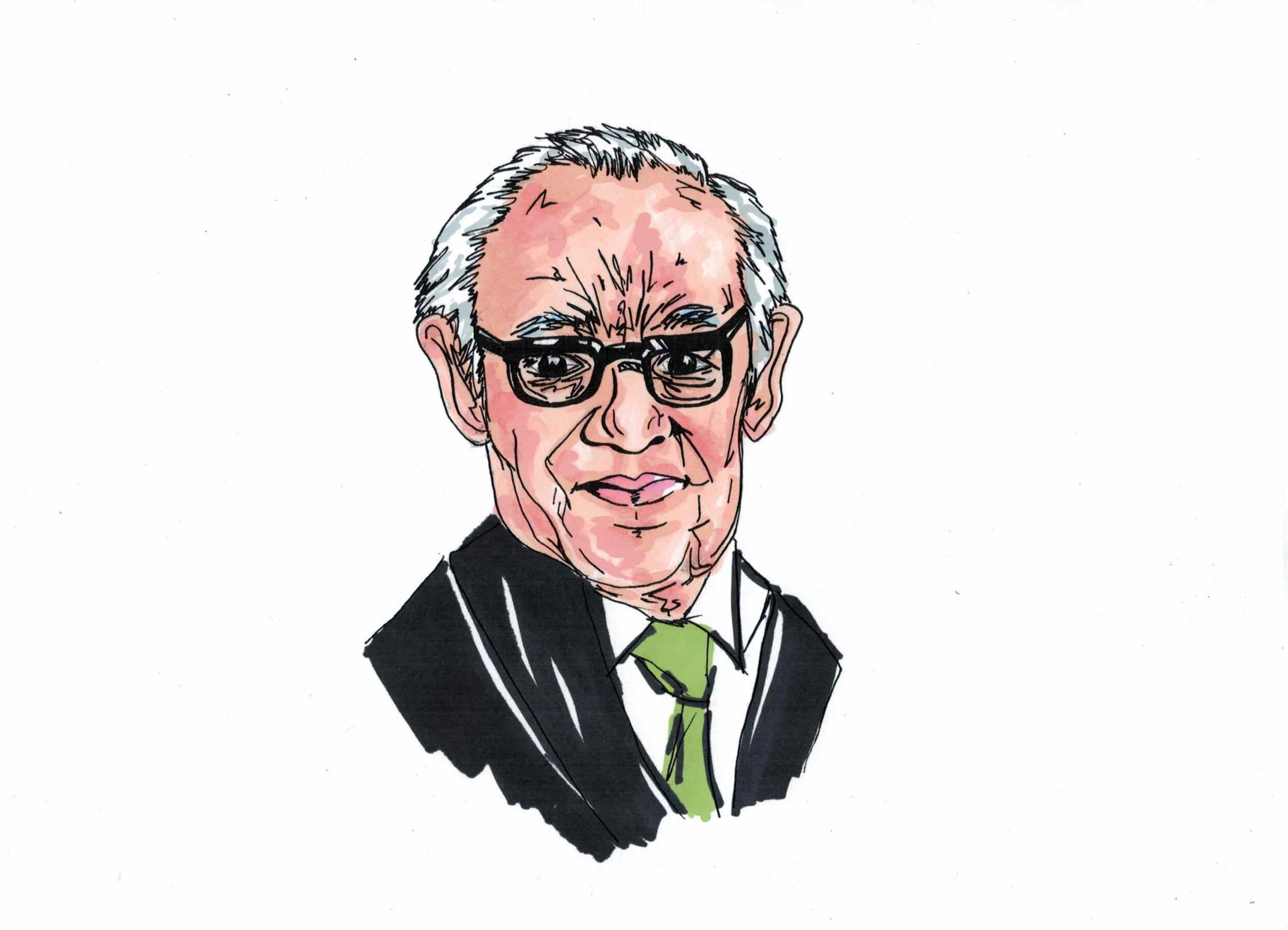
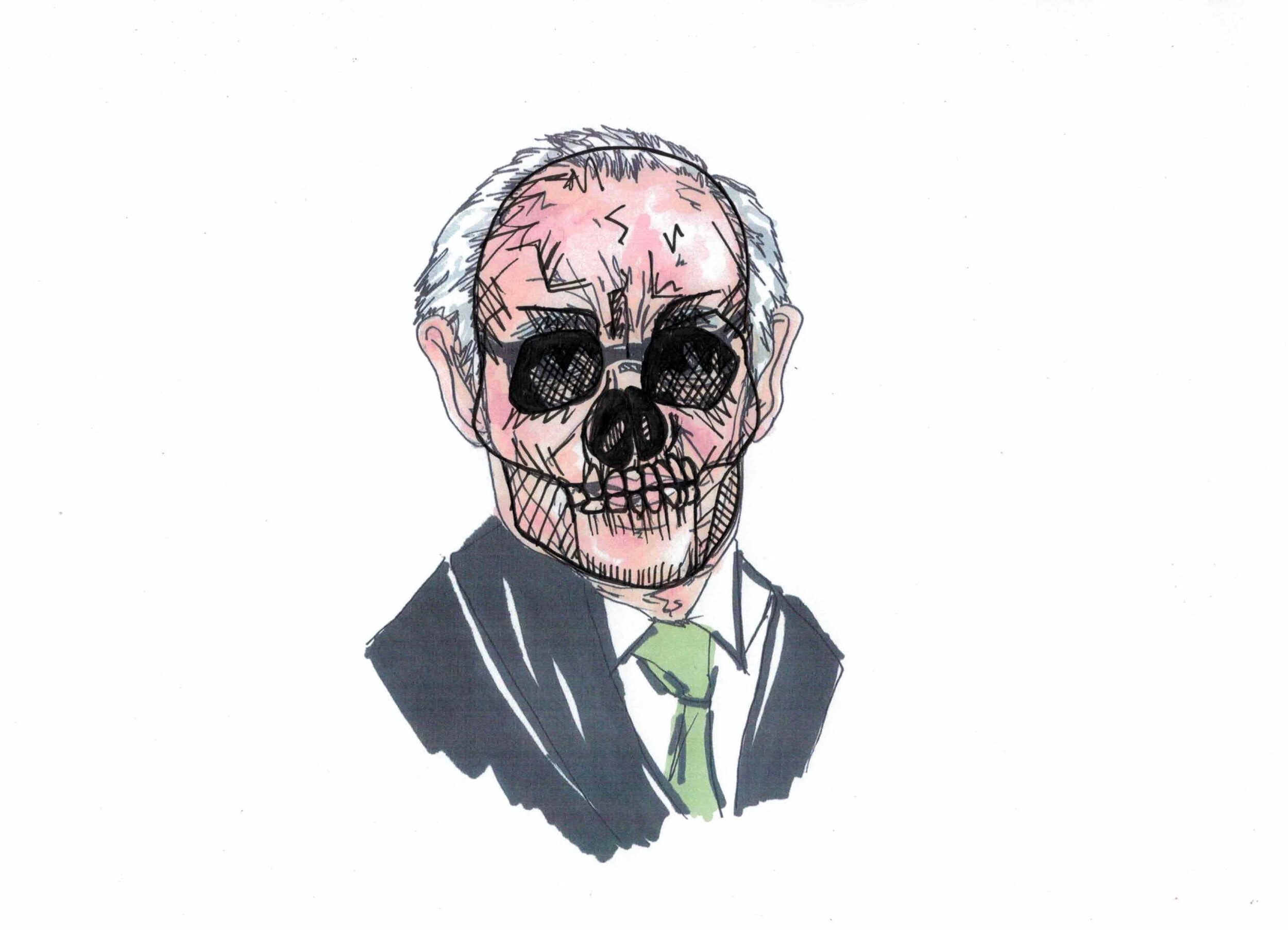
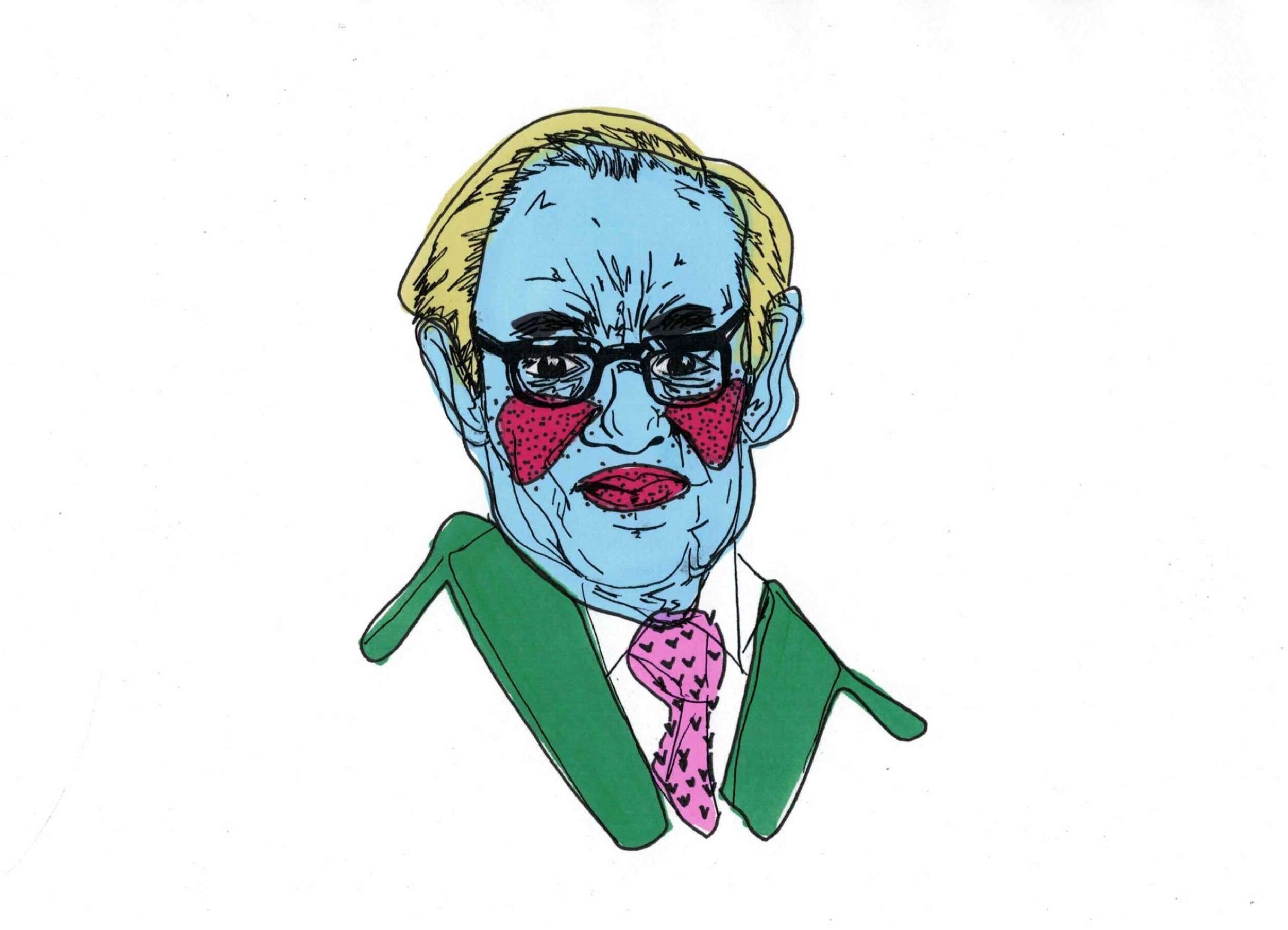
I began by taking existing images (for example mugshots or publicity photos), I then drew pencil or pen drawings from them, and then modified these drawings in different ways. I concentrated on the ways that crime is represented in films and through the media.
I developed the concept of creating a mock “crime scene” where the crime committed would have been the fraud committed by the pharmaceutical companies when they convinced the medical profession that opioids were not addictive. After the Covid 19 lockdown I did not have access to my physical workspace, so I concentrated instead on using Photoshop to create parodies of the Oxycontin advertising material.
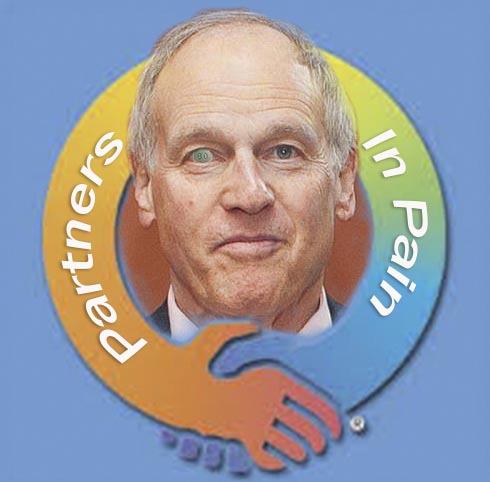
Photoshop is a vast package and it took several weeks to master its intricacies so I could manipulate images in the ways I could imagine them. My learning was helped by books and online tutorials. In some ways the lockdown gave me an opportunity to learn these new skills in depth.
My final piece is a small collection of parody advertising, based on the publicity material used by the Purdue Pharma to promote its products. My aim was to make the designs look normal, but to manipulate them so that on closer inspection they have a subversive message about a terrible event in history.

Oxy-Dollar Bill

My starting point for my final project was “True Crime” but over time I became more interested in “indirect” killers – people who had been responsible for the deaths of many, but remained relatively anonymous. This led me to focus on the opioid crisis in the USA. My key sources were the internet, documentaries and the book “Dreamland” by Sam Quinones. As I found this emotive topic fascinating, I did further research into parody as protest in art, and how I could use it to manipulate the advertising messages of the pharmaceutical companies.



I began by taking existing images (for example mugshots or publicity photos), I then drew pencil or pen drawings from them, and then modified these drawings in different ways. I concentrated on the ways that crime is represented in films and through the media.
I developed the concept of creating a mock “crime scene” where the crime committed would have been the fraud committed by the pharmaceutical companies when they convinced the medical profession that opioids were not addictive. After the Covid 19 lockdown I did not have access to my physical workspace, so I concentrated instead on using Photoshop to create parodies of the Oxycontin advertising material.

Photoshop is a vast package and it took several weeks to master its intricacies so I could manipulate images in the ways I could imagine them. My learning was helped by books and online tutorials. In some ways the lockdown gave me an opportunity to learn these new skills in depth.
My final piece is a small collection of parody advertising, based on the publicity material used by the Purdue Pharma to promote its products. My aim was to make the designs look normal, but to manipulate them so that on closer inspection they have a subversive message about a terrible event in history.
